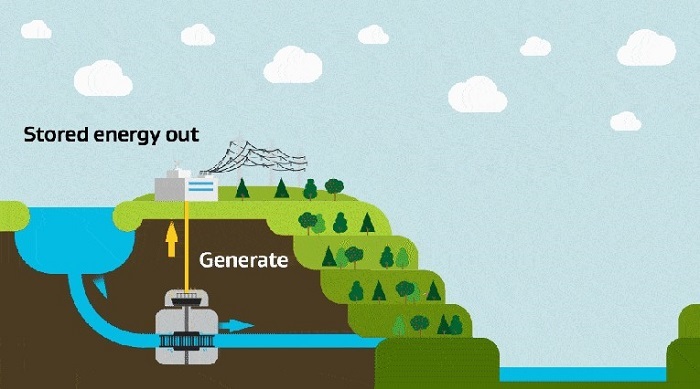Six boxes ticked for Onslow – latest update
Jill Herron
18 August 2022, 6:31 PM
 It can be done but should it? News on whether the Lake Onslow hydro project might be progressed is expected around the end of this year
It can be done but should it? News on whether the Lake Onslow hydro project might be progressed is expected around the end of this yearSix “critical requirements” that make the huge Lake Onslow hydro-project technically feasible appear to have been met, according to the latest update.
Work is ongoing but investigations had found so far there is enough elevated water storage space as well as sites that could support the building of a dam wall.
Ample power-generating capacity would also be possible through the proposed under-ground plant and tunnel system, the Minister of Energy and Resources Dr Megan Wood told Cabinet this month.
“The various tunnel options could support up to 1,500 MW, with up to six turbines/pumps of 250 MW each. For comparison, New Zealand’s largest hydro plant is Lake Manapōuri, with installed capacity of 850 MW. Huntly power station has a total installed capacity of 953 MW.”
The fourth requirement for a nearby connection to the national grid had been confirmed by state-owned electricity transmission body, Transpower, and sufficient water was available for pumping up to the lake.
“The Clutha River/Mata Au is sufficiently lower in altitude than Lake Onslow and has enough water to pump from,” the minister’s Cabinet paper stated.
The last requirement that had been met, was for suitable places to construct the 16 to 24km of tunneling and to locate water intakes from the river.
The work has been done as part of the government’s $100M NZ Battery Project study which is looking at various options for boosting New Zealand’s year-round power supply.
The minister told Cabinet that demand for electricity was expected to grow rapidly with the electrification of transport and industrial processes. It was expected to increase substantially over the coming decades.
“Meeting the demand from this rapid electrification of the economy, along with replacing around 7 TWh[terawatt hours] per annum of fossil fuel generation, requires a huge and sustained increase in renewable generation. This is expected to come from private investment in wind, solar and geothermal generation plant.”
With wind and solar generation being intermittent, however, and storage of electricity being an ongoing issue, New Zealand’s dry-year supply risk was expected to continue.

New Zealand relies heavily on hydro power but the supply of that is weather-dependent. Graphic depicting how the Onslow project would operate: MBIE
Hydro storage and generation provides 55 to 60 per cent of the country’s electricity needs but is susceptible to low water supplies in dry years. This dictates how much electricity can be generated each year and the $4B Onslow project is seen as a solution to this. It could also have uses as more of a year-round power supply.
A full feasibility analysis of the project is expected to be completed by December. Megan Woods says she will also give updates to cabinet that month, on alternative options for boosting supply. Some of these were also showing promise.
She would be seeking decisions on which option, if any, should then progress to a detailed business case.
Of the $100M provided for the NZ Battery Project study, $30M was tagged for the initial feasibility study (phase one) and $63M for the development of a detailed business case (phase two). The balance was for staffing and overheads.
The Ministry of Business, Innovation and Employment has spent $10M on the feasibility work so far, around $8M of that at Lake Onslow.
The paper acknowledged that the Onslow scheme would come with some significant trade-offs against environmental, social and cultural values.
The area’s valued fishing resources and the loss of farmland were noted but information around discussions that have taken place with mana whenua were not detailed in the public version of the paper.



